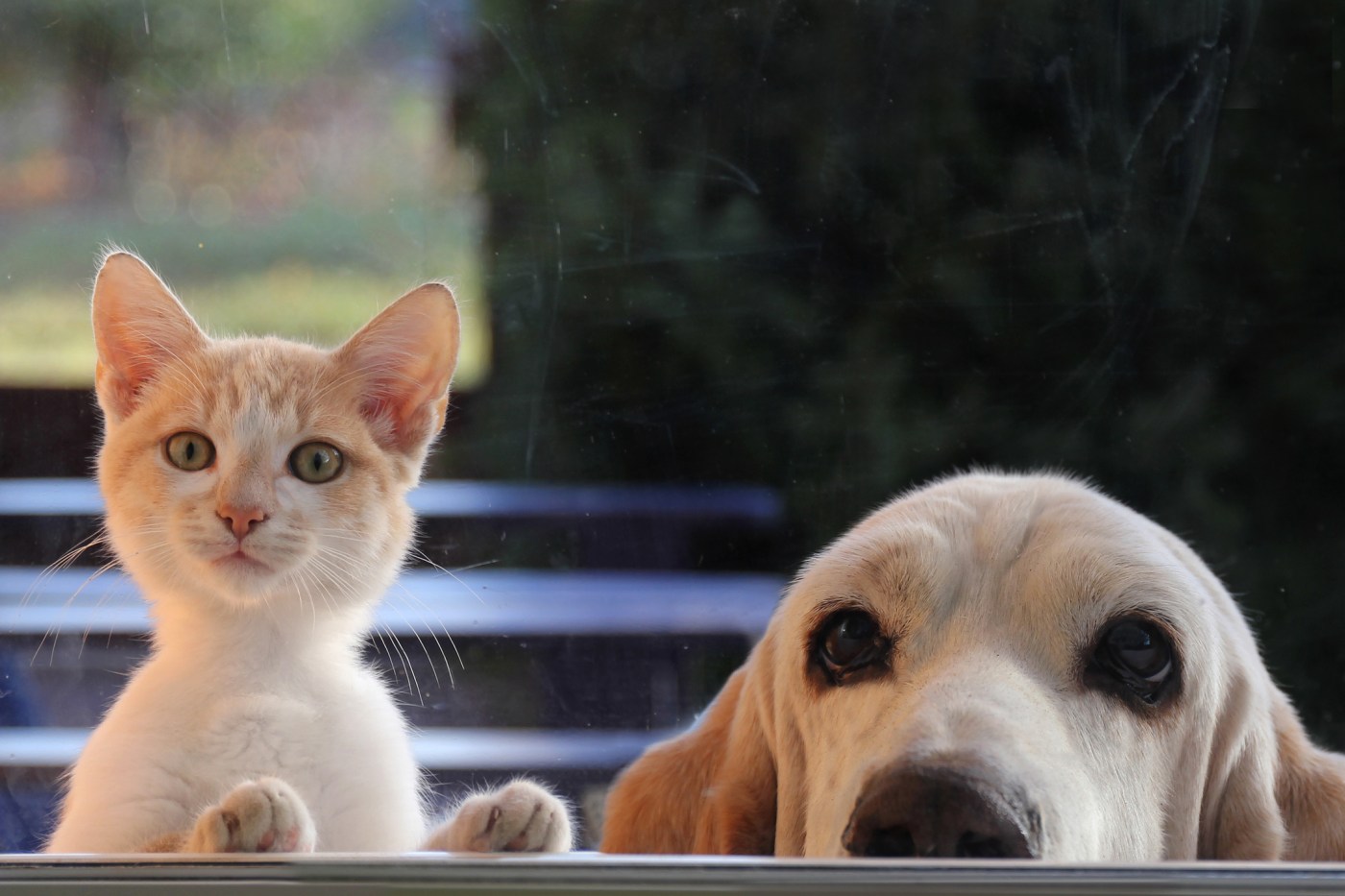
Can Chong, an Oakland cat, be happy and content being an indoor kitty?
DEAR JOAN: I adopted Chong 2 years ago, and he is a great comfort to me since I lost my wife in 2020.
He has been fixed, had his shots and I am trying to make him an indoor cat but gave into him as he kept crying at the front door. I have a yard with a fence and rocks, so I did let him out.
He stays mostly in the backyard next to me, but the other night, he went to the front and was going under parked cars. I had a very hard time trying to get him, but I guess he got scared and ran back to the yard.
So Joan, do you have a suggestion on how to keep him in or just let him out to the yard? I know he will cry a lot.
— Philip Wilson, Oakland
DEAR PHILIP: Although it might appear to be a daunting – and loud – task, convincing a cat to stay indoors is not as impossible as it might seem, and it’s so much better for everyone.
One of the reasons indoor cats seem intent on going outdoors is because cats are naturally curious creatures, and they like to explore. However, investigating the undercarriage of parked cars is not a safe adventure, and fences don’t deter cats from wandering.
You can work to turn your home environment into a playground. Have plenty of toys for Chong to play with alone and with you. Get some scratching posts with high perches — for when he wants to climb up and survey his domain — and nooks where he can curl up and take naps.
Creating a routine will also keep Chong grounded. Try to schedule feedings, groomings and playtime with you at the same time every day. Believe it or not, cats love routines.
With plenty to hold his interest indoors, he’ll be more content to stay inside. If he still wants to go out, you can try letting him explore the great outdoors with a halter and leash. He’ll still be able to smell the fresh air, but you’ll be there to keep him safe. You can also install a catio – a large, caged area where he has room to play outdoors, but is safe from harm. You’ll also be protecting area wildlife from Chong’s natural inclination to hunt.
If you decide to let him out on his own after all, avoid nighttime excursions. He stands a greater chance of being injured or killed in the darkness by predators or motorists who simply don’t see him in time to stop.
DEAR JOAN: Is it my imagination or are there more garden lizards this year? From the looks of the sizes of lizards in my yard, there are three generations. What are they eating?
— Robert Pedretti, San Jose
Related Articles
Video: Dolphins bound about amid bioluminescence off California coast
Panda Cam: Must-see viewing returns with the antics of Yun Chuan and Xin Bao
Rare burrowing owl named as candidate for California’s endangered species list
Grooming your pet isn’t just for looks
Did a lost Salinas cat really walk home from Yellowstone National Park, or did he have help?
DEAR ROBERT: The Western fence lizard, our most common lizard, is a solitary creature, so you might just be seeing the male or female and some of the offspring.
The lizards mate in the spring, and the female lays one to three clutches of up to 17 eggs each that hatch in August. I don’t know if everyone is seeing more lizards than normal, but my yard right now is blessed with an abundance of tiny ones.
The lizards eat insects and spiders. Enjoy them now, as they’ll go into a type of hibernation in the winter.
Animal Life runs on Mondays. Contact Joan Morris at [email protected].


